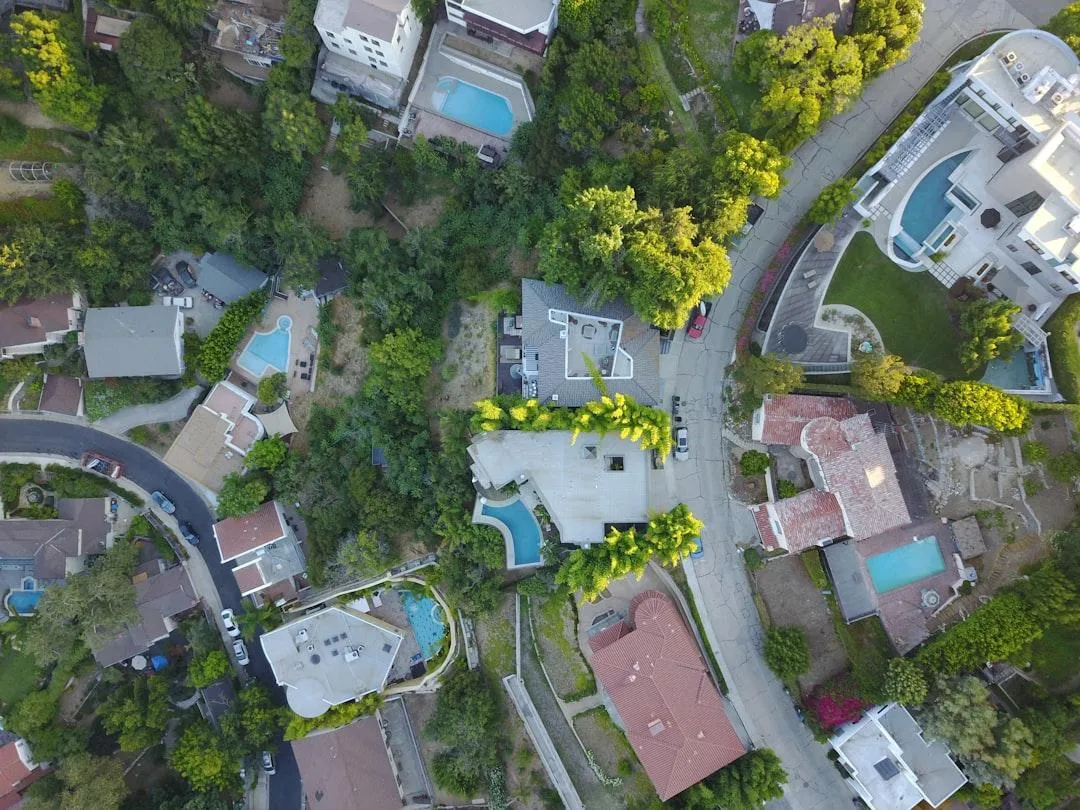AS RELIABLE AS THE SUN

Why Choose Us?
Choose us for trusted expertise, innovative solutions, unmatched quality, and a commitment to your success.

1000 +
Happy Clients

1000 +
Projects Completed

85 +
Business Partners

30 +
Awards Winning
ABOUT US
Simple Solar & Energy Service!
Get in touch with Smart Sun Power today to schedule a free consultation or learn more about our solar services.
Over the past few years, Smart Sun Power is the one to representing and providing the best possible solution to utilize the solar energy for the benefit of peoples of Pakistan to fulfill their energy needs.
Our mission is to provide one of the best solar energy solutions to our customers making them part of cleaner and greener earth.
We are a privately owned company in Pakistan. Smart Sun Power specialize in providing quality solar power solutions that delivers uninterrupted solar energy to resolve your electricity problems

Industrial plans
Power your industry with solar—cut costs, enhance efficiency, and drive sustainable growth now!

Residential plans
Switch to solar for your home—save money, enhance energy efficiency, and embrace sustainable living today!

Agriculture Plans
Transform your farm with solar energy—save costs, increase sustainability, and boost productivity today

Commercial plans
Empower your business with solar—reduce expenses, improve efficiency, and achieve sustainable growth today!..
Our Products
Inverters
IP65/IP66 Grade Inverters covering Warranty of 5 to 10 years with extendable support
Solar Panels
Tier 1 Solar Panles with Latest Technologies, N Type, HJT, TopCon and Back Contact
Batteries
We always prefer latest approach to adopt lithium and its relevant class. With over 6000 Life Cycles and 80+ DOD
We only use what we'd be proud to put on our own roof
Our Services
Residentials
As the rate of electricity bills are reaching it’s Hight we offer you the budget friendly solution of your electricity by our solar solutions
Commercials
Our wide range of commercial and industrial panels and energy storage provide you uninterruptible power to make your business running smoothly.
Agriculture
Running a business with sky high rates of electricity is becoming so much difficult, we are here to help you providing an safe and green power solution.
Our Trusted Partners





What others are saying
Have Any Questions Or Need Help?
Karachi Office Address
Shop # 8, Ground Floor, THEME 1, Precinct 4, Bahria Town Karachi
UAN: 0300 0300 627
Google Map Karachi
Islamabad Office Address
622 Street Number 42, PWD Housing Society Sector C PWD Society, Islamabad, IslamabUnder Footer Globalad Capital Territory 48000.
UAN: 0331 111 8325

